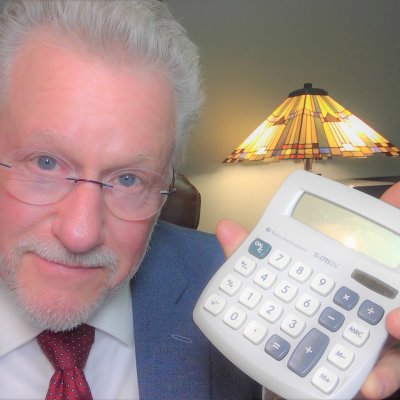Let’s talk about the calculations of rates of return on a whole life insurance policy.
There are three calculations that a person might consider when comparing the benefits and rates of return on a whole life insurance contract. Typically, and initially what a person is thinking about is the internal rate of return, but in addition to that, there is also an external rate of return, and an eternal rate of return. The internal rate of return is where sometimes people get over-fixated. They want to compare a mutual company whole life insurance contract to a bond fund, a savings account, a brokerage account, a retirement account, a Roth IRA, a traditional IRA, but a person needs to remember that there are benefits to a whole life insurance contract that does not exist. They do not exist with these other products. In the event of a death, day one the insurance company is on the hook for a large income tax free death benefit. Could you make one investment, one deposit in any of these other instruments, let’s say a Roth IRA or a retirement account through work, just one incremental payment into one of those plans, and in the event of a death, if you were to start at age 30, would that retirement account pay you out the full expected benefit that you were anticipating receiving at the age of 65? There’s a cost to that, and that has to be subtracted out when doing the calculation on the internal cost of mutual company whole life insurance contract in addition to a waiver of premium benefit. Now, what would that be? In the event that you would become disable due to an accident, due to a disease, an illness, the insurance company could potentially be on the hook to keep on putting money into your contract for the rest of your working life. That does not take place elsewhere so we have to strip away those benefits to be able to determine what the true cost is, what the true internal rate of return is on a whole life insurance contract. What a person will typically see over time is that the internal income tax deferred rate of return will be similar to a high-quality bond.
Then, there is the external rate of return. What would we have to put away on a tax free basis year after year to be able to have the tax free death benefit that we would have for our entire lifetime that would be set aside so then when we get towards retirement, we could spend our other assets more creatively, where we could actually leverage our own death and our known payment that will be payable income tax free at the perfect time. The time that it is needed so I don’t have to outlive my other resources. I could actually leverage a known against an unknown.
And then there is the eternal rate of return. What have I been able to do over my lifetime with the cash value of my life insurance? I don’t necessarily want it to remain static. I want it to be moving in and out from the insurance company. I want to be able to have the cash value that is going to become alive during my lifetime, hence the phrase life insurance. I want to be able to take it out when there are opportunities. Maybe there is real estate a person wishes to invest in. Maybe there’s a business the person wants to take advantage of. What are the opportunities that I can dream of for me and my family to be able to acquire more experiences, to be able to acquire more assets? What are the creative ways I can use this asset to propel me into the future to have a higher and a more substantial eternal rate of return. And along with that, when there are emergencies, when things happen that are negative in my life, and when my money is tied up in retirement accounts, tied up into different investments that might have a substantial penalty for early withdrawal, what about the accessibility that is available to me that I can use the assets that I have set aside inside of a whole life insurance contract that will allow me to make it through those negative times of my life, when I just needed liquidity.
A person who is well-versed, a person who can get through the minutia of how the numbers are put together with all these products, will be able to do a calculation to figure out what works for you on all three of these options, the internal rate of return, the external rate of return, and the eternal rate of return of a mutual company whole life insurance contract.



